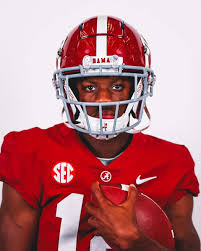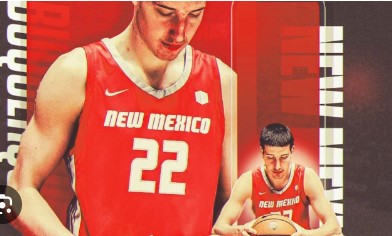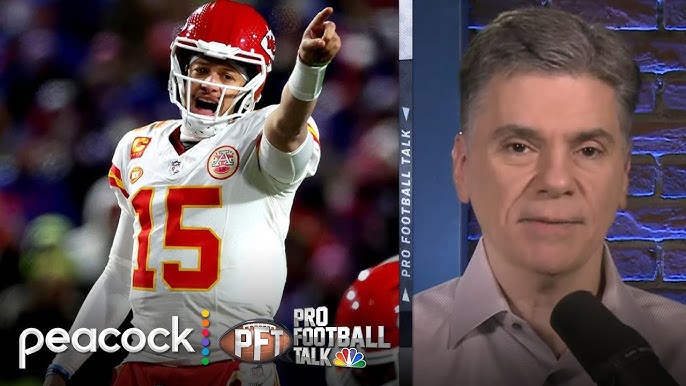BREAKING: Quinn Ewers Could Have Received Absurdly Little Money for Transfer
In a stunning revelation that has sent shockwaves through the world of college football, it has come to light that Quinn Ewers, the highly regarded quarterback for the Texas Longhorns, could have received shockingly little compensation in the form of Name, Image, and Likeness (NIL) money had he transferred to a different school.
Ewers, who made waves when he decided to skip his senior year of high school and enroll at Ohio State University as an early enrollee in 2021, later transferred to Texas. His move to the Longhorns came with significant fanfare and the promise of a high level of NIL earnings. However, the story that has now emerged reveals a much less lucrative situation had Ewers decided to leave Texas or had he ended up transferring to another institution earlier.
The Shocking NIL Deal Behind the Scenes
As one of the most highly sought-after quarterbacks in the country, Ewers’ transfer seemed like it would come with a hefty NIL payday. However, the reality was very different. According to several sources familiar with the situation, his NIL earnings potential at other schools—particularly in his first year of eligibility—could have been a fraction of what he ended up making at Texas.
In fact, some insiders suggest that Ewers could have been offered deals amounting to little more than a few thousand dollars. This is a far cry from the millions many top-tier college athletes can command in the current NIL landscape. The key factor in these lowball offers appears to be the structure of NIL deals at some universities, which may not offer significant compensation until an athlete proves themselves on the field or attracts enough media attention.
The Market and Timing of NIL Deals
While Ewers is undoubtedly talented, the reality of NIL in college football is often about timing and marketability. Athletes who enter the transfer portal with a significant amount of hype can be viewed as high-risk investments for businesses and boosters. As a result, a transfer quarterback like Ewers might have faced a situation where he was not able to command high-end NIL deals until his on-field performance justified it, especially given that he was still developing and had yet to establish himself as a proven star in college football.
Ewers’ situation highlights a larger trend in the college sports ecosystem: while the potential for NIL money is enormous, the actual value of deals can vary dramatically depending on the player’s position, their previous success, and how well the player’s brand fits into a school’s broader NIL strategy. Quarterbacks at blue-chip programs like Texas have greater visibility, which translates to more lucrative endorsement opportunities. By contrast, quarterbacks at less prominent programs or those with less national recognition face significant challenges in monetizing their personal brand.
Texas: A Game-Changer for Ewers’ NIL Value
Had Ewers decided to transfer to a smaller school or a program with fewer national sponsors and media exposure, his NIL prospects could have been severely limited. Texas, with its massive fanbase, prominent football program, and extensive NIL network, has provided Ewers with opportunities that many other athletes could only dream of.
At Texas, Ewers has the backing of not only the university’s athletic department but also a growing list of high-profile NIL partners. The combination of his star potential and the university’s resources allowed him to secure a much more lucrative deal than he would have likely seen had he transferred elsewhere.
The Broader Implications for NIL and College Football
This situation underscores the complex and often opaque nature of NIL deals in college sports. While the NCAA’s decision to allow athletes to profit from their name, image, and likeness has opened doors for many players, it has also created a marketplace that is unpredictable and sometimes inequitable. Top-tier athletes like Ewers may find themselves with vastly different earning potentials depending on timing, school, and market conditions.
As the landscape continues to evolve, college football programs, athletes, and NIL collectives will need to navigate these waters carefully. For Ewers, his decision to remain at Texas appears to have been financially wise, but it serves as a reminder that, in the world of NIL, timing and location can mean everything.


